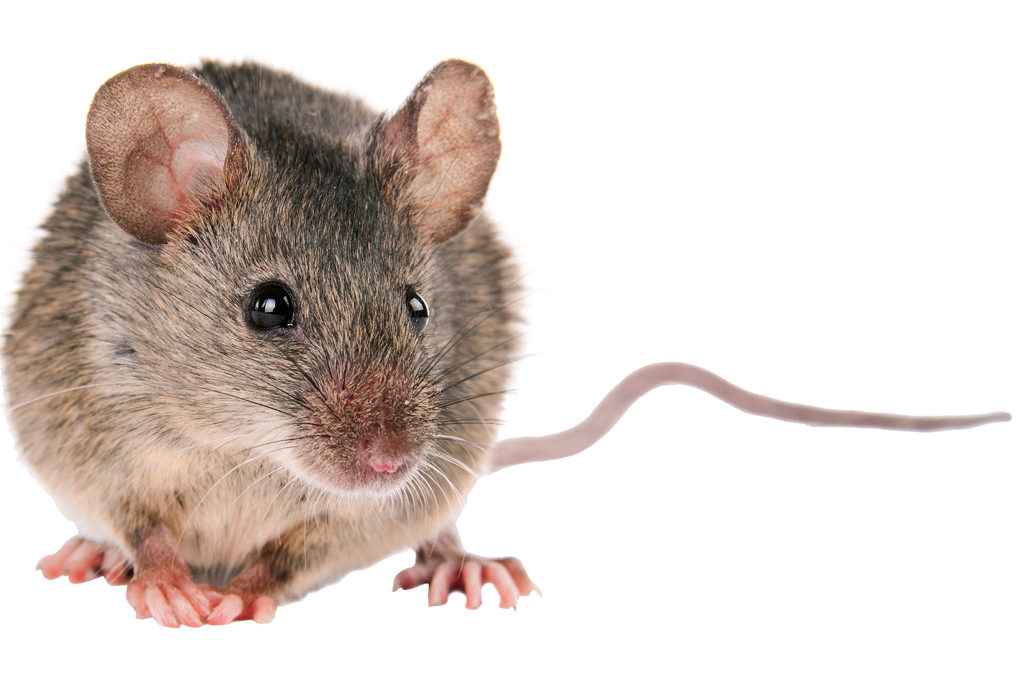
House Mice: Quick Facts
• They are the most common rodent pest in many parts of the world
• Can easily adapt to changing conditions
• Female house mice can give to birth to up to 6 babies every 3 weeks; and as many as 35 offspring a year
• Are color blind and see poorly beyond 6 inches.
• Excellent climbers that can also jump up to 1 foot vertically
What does a House Mouse look like?
• Dusty grey color with a cream-colored belly
• Adults: 2-1/2” to 3-3/4” long
What do they eat?
• A typical house mouse prefers to eat seeds and insects
• But will eat most common household food items, and can be attracted to food left on a countertop and an unsecure garbage can
Where do House Mice live?
• Prefer to live indoors, although they can survive outside
• Dark secluded areas
• Build nests out of paper products, cotton, packing materials, wall insulation, and fabrics
Are House Mice dangerous?
• Mouse urine can produce an allergic reaction, especially in children
• The mice also can carry fleas, mites, ticks, and lice into your home
How can I prevent a House Mice infestation?
• Seal all holes in the exterior walls. A mouse can get through a hole as small as the diameter of a pencil.
• Keep areas free of clutter and store boxes on shelving rather than the floor
• Regularly inspect your home for signs of droppings, gnaw marks, and damaged food goods
How do I get rid of House Mice?
• Many types of glue and spring traps are available at local retailers.
• If you suspect an infestation, it is recommended that you contact a licensed pest control specialist. Please call DKS Pest Control at (724) 478-5344.
